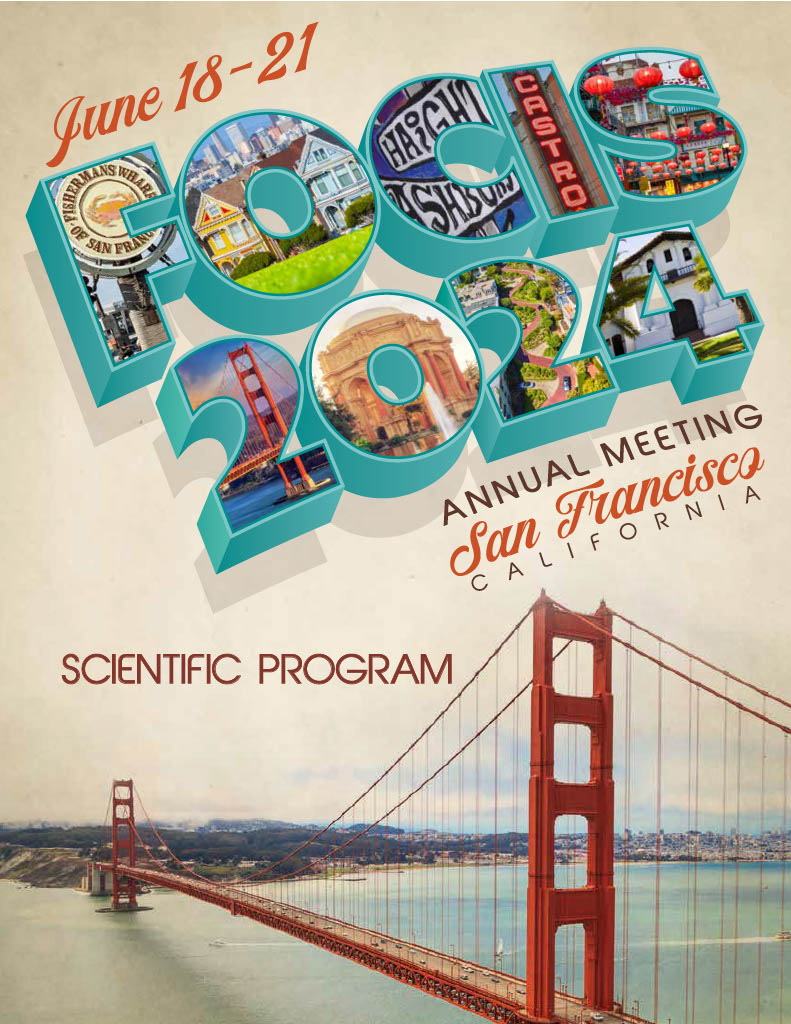Back
Systems Immunology
Session: Immuno-oncology
Spatially Exploring RNA Biology in Archival Formalin-fixed Paraffin-embedded Tissues
Thursday, June 20, 2024
3:15 PM – 3:30 PM PT
Location: Salons 3-6
- ZB
Zhiliang Bai, PhD
Postdoc Associate
Yale University
New Haven, Connecticut, United States
Presenting Author(s)
Abstract Text: Spatial profiling of different RNA species throughout the life cycle in formalin-fixed paraffin-embedded (FFPE) tissues holds transformative potential for pathology research. Herein, we develop Patho-DBiT that combines in situ polyadenylation, deterministic barcoding in tissue using microfluidic devices, and computational innovations for spatial whole transcriptome sequencing in clinically archived FFPE samples. Taking advantage of the inhibitory impact of formalin fixation on endogenous endonuclease activity, Patho-DBiT even outperforms fresh frozen tissue spatial transcriptomics and further allows for the profiling of a full spectrum of RNA species. Patho-DBiT permits spatial co-profiling of gene expression and alternative splicing, unveiling region-specific isoforms in the mouse brain. High-sensitivity transcriptomics is constructed from 5-year archived T-cell lymphoma tissues, with cross-validation conducted using super-resolution spatial phenotyping technology (CODEX). Furthermore, genome-scale single nucleotide RNA variants are captured to autonomously distinguish malignant from non-malignant cells in human B-cell lymphomas. Patho-DBiT also enables spatially resolved co-profiling of large and small RNAs, facilitating the analysis of a microRNA-mRNA regulatory network within clinical biopsies and elucidating their roles in tumorigenesis. With superior intronic read capture efficiency, Patho-DBiT spatially mapped RNA splicing dynamics associated with the developmental trajectory of tumor B cells. High resolution Patho-DBiT with a 10-μm spot size reveals the heterogeneities of human lymphomas within a spatial neighborhood and traces the spatiotemporal molecular kinetics driving tumor progression at the cellular level. Patho-DBiT represents a first-of-its-kind technology, enabling the spatial exploration of rich RNA biology in FFPE tissues to aid pathology diagnosis.

